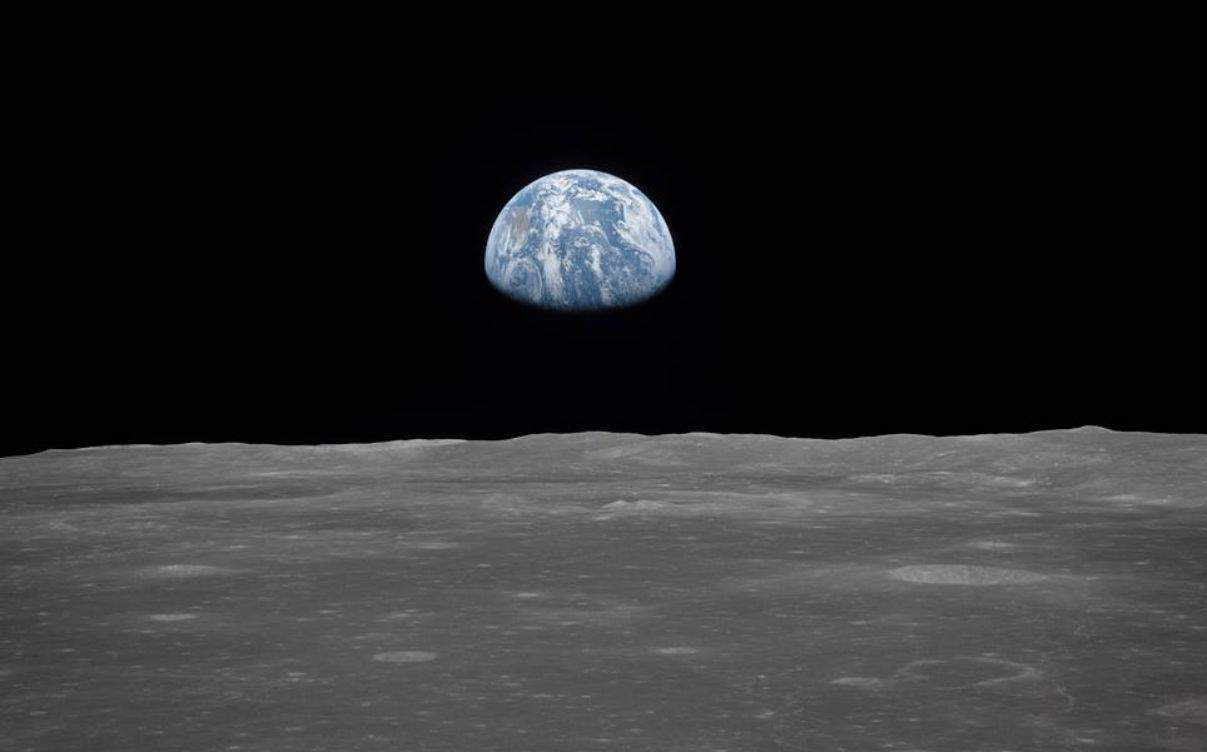Earth, the universe’s only known livable planet, has a magnetic field that shields life from potentially dangerous solar winds containing charged particles.
The magnetic field is created by molten iron convection in Earth’s outer core. Knowing how iron crystallizes in exoplanetary cores can reveal information about their magnetic fields and habitability.
However, severe pressure and temperature conditions in exoplanets with masses many times that of Earth, known as super-Earths, have made this quest challenging.
Using one of the most powerful lasers on the earth, researchers measured the melting temperature of iron in conditions similar to those found in the cores of super-Earth exoplanets.
The findings show that magnetospheres are more abundant and long-lasting in super-Earth-sized planets than previously anticipated.
For terrestrial planets, the temperature at which iron melts under tremendous pressures is critical because it determines the size and type of their liquid metal core, which supports a planetary magnetic field that shields the surface from destructive solar winds and charged particles.
These protective magnetic fields are often considered as necessary for life as we know it to survive. The magnetic field of the Earth is created by a convecting liquid iron outer core that surrounds a solid iron inner core.
The harsh conditions in super-Earth exoplanets – those with masses many times that of Earth – are, nevertheless, unknown.
As a result, it’s unclear whether such planets can support dynamo-generated magnetospheres.
Richard Kraus and colleagues used the National Ignition Facility’s very high-energy lasers to calculate the melting point of iron up to 1000 gigapascals (Gpa), which is three times the pressure of Earth’s inner core and nearly four times greater than any prior experiment.
The findings demonstrate that a liquid metal core lasts the longest on planets four to six times the mass of Earth, implying that super-Earths are more likely to have magnetically protected habitability than Earth.
Source: 10.1126/science.abm1472
Image Credit: NASA
You were reading: Super-Earths Are More Likely To Have Magnetically Protected Habitability Than Earth, New Study Suggests
